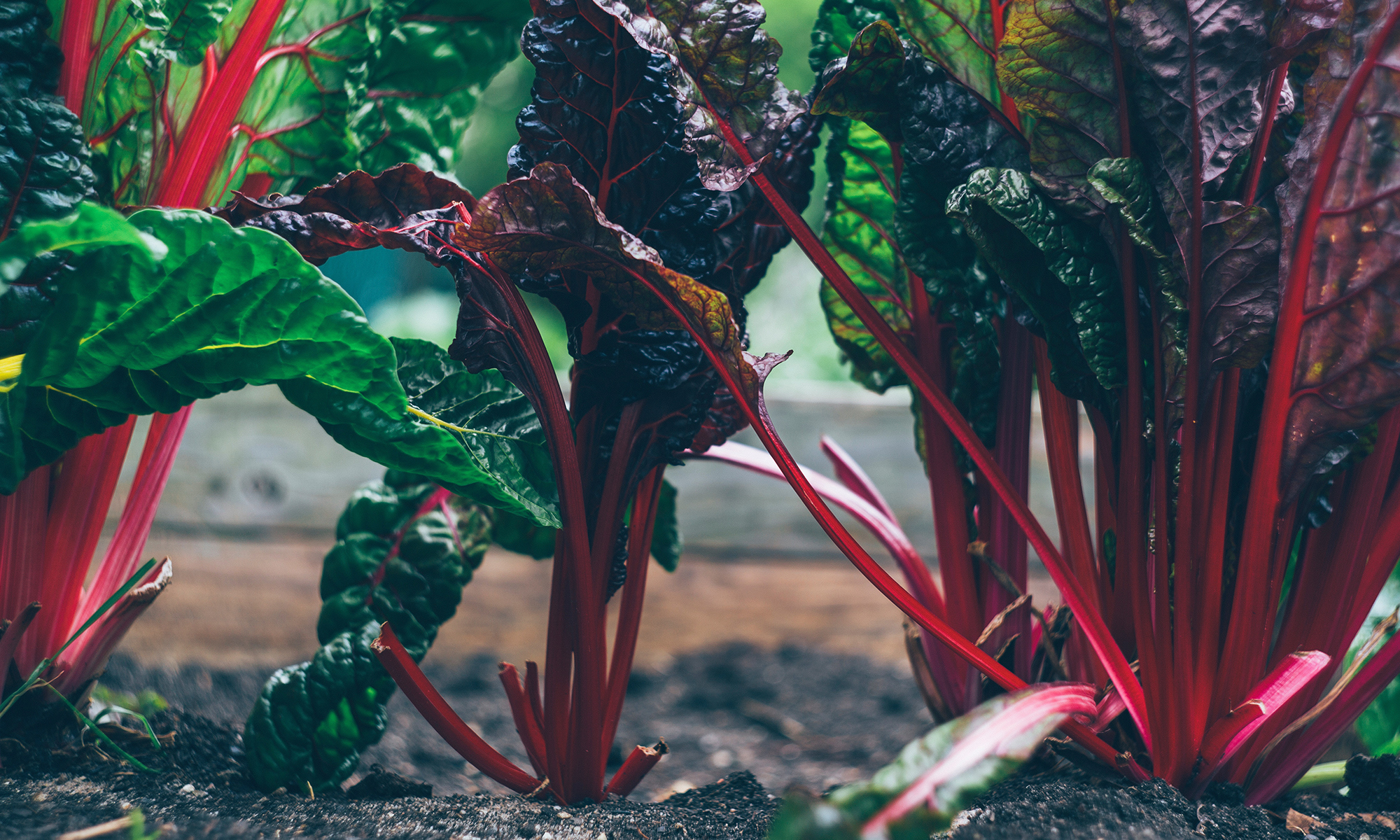The first day of spring might as well be April Fool’s day here in New England. As if on cue, it snowed here yesterday, Mother Nature’s reminder that we won’t get spring-like weather for another few weeks.
That did not stop me from cleaning up the garden and getting ready for the spring crops. Though things did not go quite as planned (more on that in a minute), I should get the seeds in the ground by the end of the week.
You may recall, I started indoor composting in November. It takes the worms about 3 months to munch through my food scraps and turn what would ordinarily be trash into rich soil. If I was strategic about my composting, I would have plenty for the start of the spring gardening season. Everything was going really well for about three months. And then a few weeks ago, when a friend was visiting, he very gently commented, “Um, sweetie, your house, um, kinda smells like poop.”
As embarrassing as it was to admit, he was right. My house did smell bad. And maybe because the odor was a slow development, I hadn’t noticed how bad it was. I checked in on the compost bin, and only a few worms were left: mass genocide! I had not given the bin enough aeration and dry matter. The combination of the two meant too much water in the bin, not enough drainage, and really bad smells.
The bin moved quickly outdoors, and with a few hard frosts all the worms were completely dead. This final step was good as the red-wigglers, which are great for indoor vermiculture, wreack havoc in outdoor gardens. The food scraps were mostly composted, but not completely. I will let the pile continue its thing outside. In the meantime, I needed some compost, which I purchased at the local hardware store.
I spent the weekend in the garden, raking up the dead leaves and turning the soil with compost. Worms (of the outdoor variety) crawled around in the newly turned soil – a good sign that I had healthy soil.
I will wait until Friday to plant my seeds – lettuces, peas and radishes.
Asparagus screams spring to me and primes my palate for better (read: warmer) days to come.
Asapagus with Sesame Dressing
Recipe adapted from my new book, The Farmer’s Kitchen
8 tablespoons sesame seeds
2 tablespoons sake
2 teaspoons sugar
2 tablespoons soy sauce
1 tablespoons rice vinegar
1 pound asparagus, trimmed
1 teaspoon salt
1. Put sesame seeds in a small skillet. Toast seeds over medium heat, stirring continuously, until seeds turn lightly brown. Immediately remove seeds from pan.
2. Combine sesame seeds with remaining ingredients, except asparagus and salt, in a blender. Purée until smooth.
3. Put a large skillet on the stovetop with 1 cup of water and salt. Bring to a boil, add asparagus, and cook for 5 minutes, or until bright green.
4. Remove asparagus from heat and toss with sesame dressing


